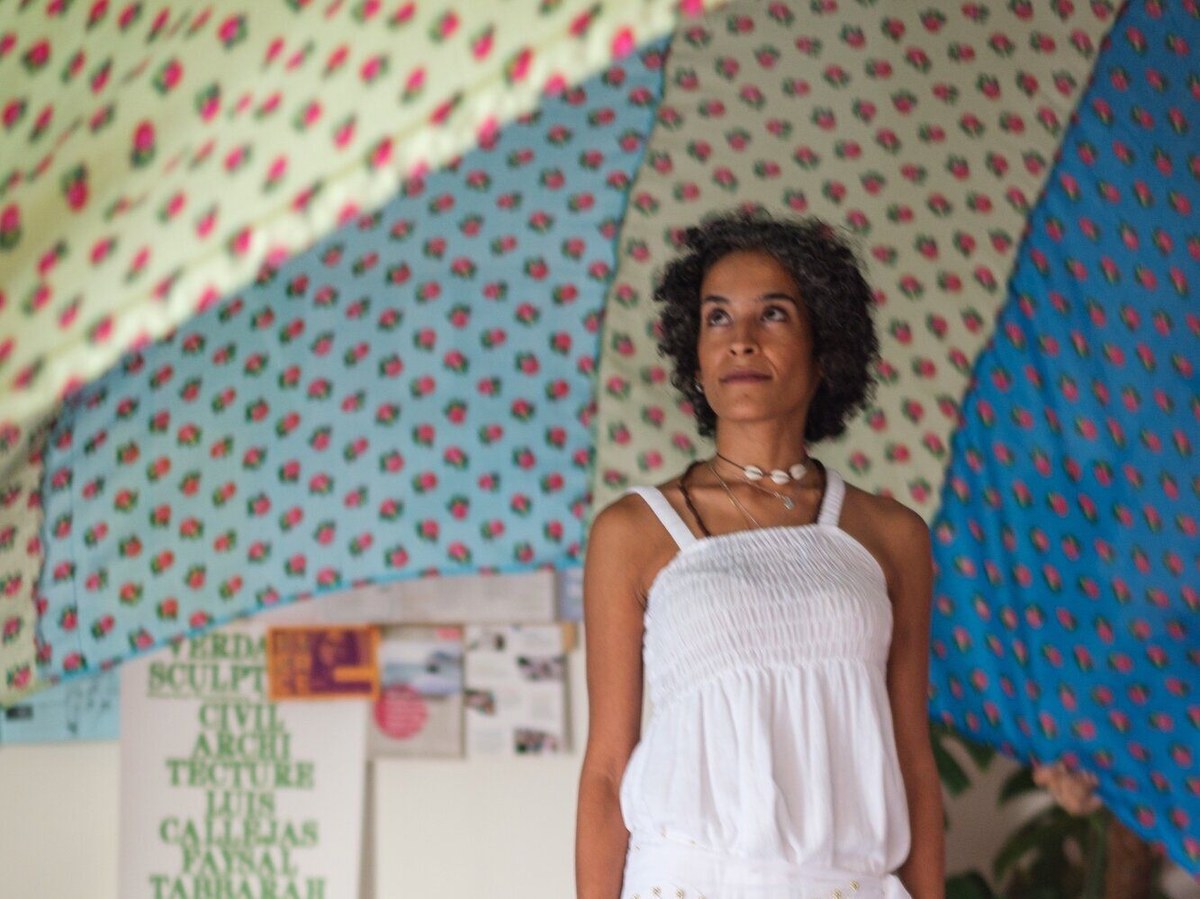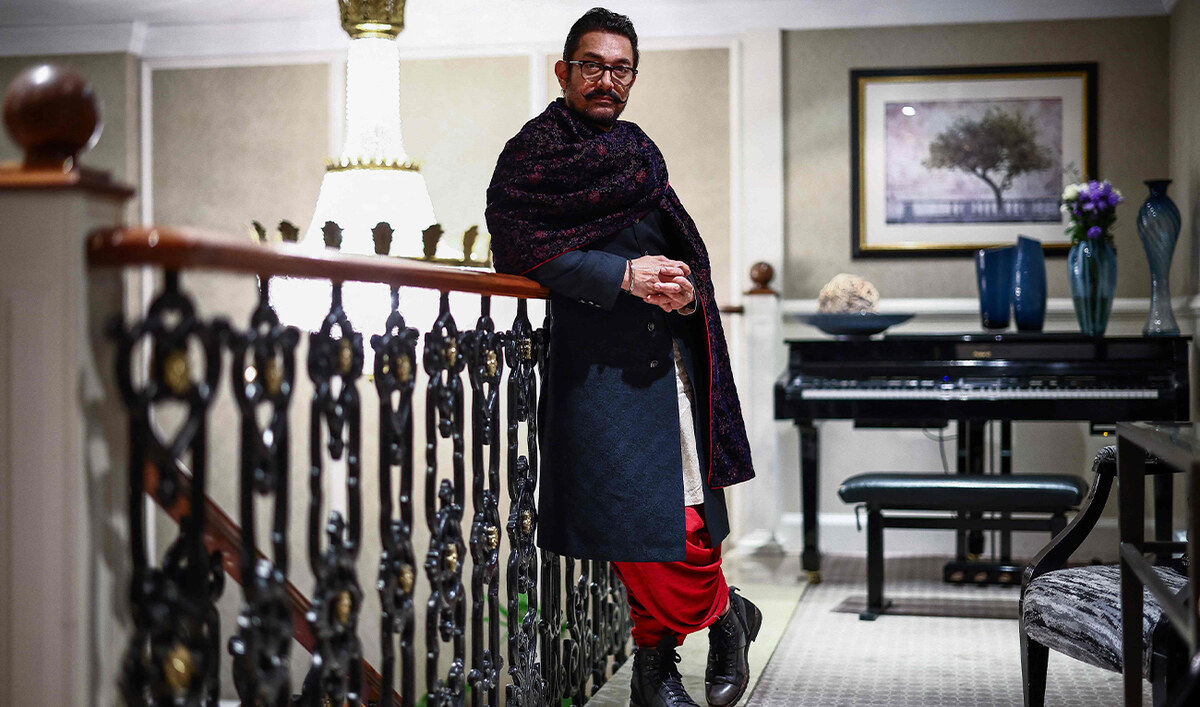DHAHRAN: For the next two months, New Yorkers will have plenty of chances to show-up fashionably late for one of the activations at the third annual New York Arab Festival — but they won’t want to miss a thing.
The NYC-based festival, which runs April 7 to May 30 (with pre-festival events on April 5 and 6), has a curated program full of talks, performances, and artists amplifying all things Arab in the City That Never Sleeps.
The festival was established in 2022 to “celebrate Arab-American Heritage Month and fight the erasure of Arab and Arab-American identities from New York City — a place that Arabs have called home for over three centuries,” the organizers of NYAF said in a statement to Arab News.
During its first year, the festival was mostly clustered within the island of Manhattan, but has since spread across the boroughs, and even upstate.
It is the brainchild of two co-founders: Egyptian artistic director, Adham Hafez, who resides in New York; Adam Kucharski, an American who has called Saudi Arabia home for the last six years — he has curated a program for the festival called Raseef (which translates to sidewalk) dedicated to art, architecture and urbanism. New York- and Japan-based creative, Cindy Sibilsky, the senior producer with bright hair and an even brighter smile, was also part of the founding team.
“Every month there is a celebration in the US dedicated to a particular group of people or to a particular culture,” Hafez told Arab News. “I just truly didn’t understand why, when April is there — the month was dedicated to Arab and Arab-American heritage — institutions just go quiet.”

Egyptian artistic director, Adham Hafez, who resides in New York, is one of the co-founders of New York Arab Festival. (Photo by Nurah Farahat)
Hafez and his co-founders, alongside a small core team, decided to turn the spotlight on the people, places and faces that they felt best represented the Arab cultural scene — including the diaspora — with all of its nuances and complexities.
“Something I was battling with — along with a lot of friends — was how, for the longest time in the US, we’ve been hiding the word ‘Arab.’ So we would say ‘SWANA’ or ‘North African,’ as if the word ‘Arab’ was going to open up an interrogation,” Hafez continued.

New York- and Japan-based creative Cindy Sibilsky is the festival's senior producer.
“We wanted to do something about it — me and my colleagues — we wanted to call it ‘Arab’ and be absolutely unapologetic about the word — and the language and the region where we come from, because there’s also so much joy there, so much diversity.”
And so NYAF was born. It is not ‘just’ an arts festival, although each of the founding members comes from an artistic practice, but an event where everyone is encouraged to reflect on and deconstruct the word ‘Arab.’

Adam Kucharski is the festival co-founder and curator of RASEEF. (Supplied)
While the festival takes place in New York, there is a strong Saudi connection. Hafez recently spent several weeks in Riyadh — with a visit to Dhahran — immersing himself in the Saudi art scene while prepping to finalize the programming for the festival — including securing Saudi talents to join them in the Big Apple. Sibilsky has also worked in the Kingdom and has another trip there planned later in the year.
Each of the founders, then, is personally and professionally invested in amplifying the works of the Saudi participants, and each have a deep understanding of the morphing Saudi scene. They are eager to further demystify the Kingdom and share a bit of it with New Yorkers.

Saudi designer and performance artist Balqees Alrashid's work will feature at the New York Arab Festival.
Saudis featured at the festival include the interdisciplinary artist and musician Ahmed Fakieh and three female performance artists: Balqees Alrashid, Dima Ikhwan and Nuur Taibah.
Fakieh will present his project “Sound of Makkah,” which uses AI to reconstruct songs from destroyed cassette tapes, at New York’s La MaMa Experimental Theatre Club. Performance artists Alrashid and Taibah, meanwhile, are taking part in an exhibition on Arab performance history. Actress and performance artist Ikhwan will be part of Raseef, curated by Kucharski, presenting work intended to “uncover the hidden history of Arab poetry in New York City.”
Naturally, the ongoing Israeli assault on Gaza looms large over this year’s festival.
“This year (has been) the hardest to put together because of what is happening in the region — the situation in Palestine derailed a lot of the plans. There were a lot of questions about the tone of the festival. We had to consider if the word ‘celebration’ is appropriate in this moment — and was it ever appropriate? Is it a ‘celebration’ or is it claiming space or making space or carving space? So, we started thinking more in that direction,” Hafez said. “The other difficulty is America is still struggling with Islamophobia.”
But the team curated and crafted NYAF, in part, to open up discussions about these issues — to explore the way we interact with the news and the arts; to have people speak and listen in a safe space in order to foster a truly meaningful cultural exchange. As the organizers said in a statement: “At a moment in time where language is weaponized in ways that fuel racism rather than foster creative dialogues, our festival carves out spaces for conversations, for knowledge production, and information sharing.”
“These events connect NYAF artists with audiences, venues and our partners in NYC, the Arab world, and beyond,” Sibilsky told Arab News. “With so much tension and division right now, it’s vital and deeply heartening to bring people together, celebrate Arab voices, and encourage understanding.”





















